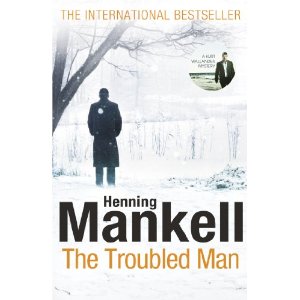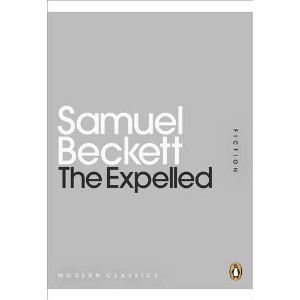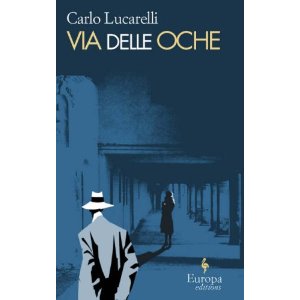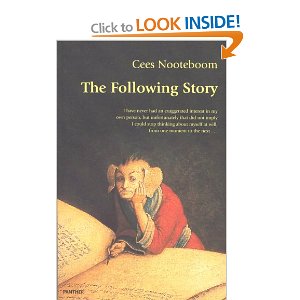Having become used to Ian McEwan’s economic, beautiful, yet serious and lyrical prose, Solar seems to be something of a new departure. This is still unmistakeably McEwan with his cast of flawed, English middle-class characters, but this is also a openly humorous campus novel. There is something redolent of David Lodge in this.
Solar tells the story of Michael Beard, a self-indulgent, self-obsessed science professor and a serial faithless monogamist. The extent and success of his sexual exploits are rather puzzling given that Beard is so thoroughly dislikable, but it is also what makes his gradual and inevitable downfall so funny.
But Solar is much more than a comic novel charting the trials and tribulations of a Nobel Prize-winning academic with a wayward moral compass. It is also about climate change, the state of science as a discipline and, in particular, about the arrogance and self-righteousness of the scientific establishment. Beard represents that establishment which shows itself to be ultimately fickle and self-defeating, yet admittedly brilliant in may respects – an establishment that claims that scientific truth lies beyond the moral sphere, and yet which shows itself to be morally degenerate. It is, for instance, Beard’s encounter with some Humanities scholars that is described in the most telling way:
“Beard was suspicious (…) People who kept on about narrative tended to have a squiffy view of reality, believing all versions of it to have equal value.”
And yet this is a narrative about climate change and what Beard ultimately finds is that his uncritical belief in something called ‘the scientific truth’ has become obsolete, as more scientists come to realise that we will only tackle climate change through behavioural change – a problem caused by human behaviour can only be solved by human behaviour – and people’s behaviour is governed by the stories we tell each other, not by complex scientific data.
For what is at one level a comic campus novel, Solar has a much more philosophical contribution to make.










